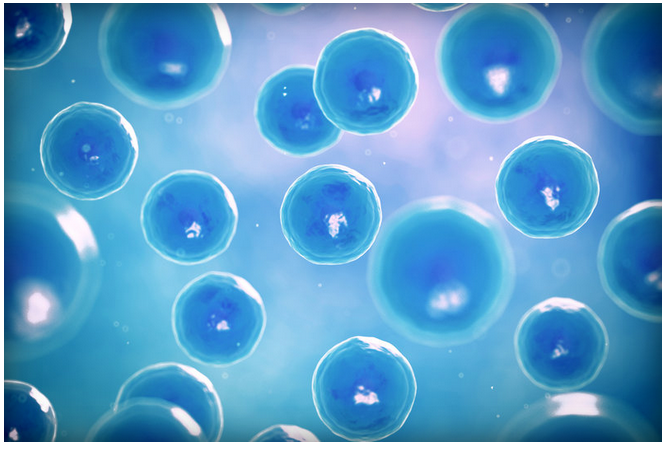
Google’s ambition to cure death is beginning to take shape in a new product from its Google X division. Andrew Conrad, the head of the company’s life sciences division, today announced the details of an effort that would use nanotechnology to identify signs of disease. The project would employ tiny magnetic nanoparticles, said to be one-thousandth the width of a red blood cell, to bind themselves to various molecules and identify them as trouble spots.
Google’s nanotechnology project, which would also involve a wearable magnetic device that tracks the particles, is said to be at least five years off, according to an accompanying report in the Wall Street Journal. The company is still figuring out how many nanoparticles are necessary to identify markers of disease, and scientists will have to develop coatings for the particles that will let them bind to targeted cells. One idea is to deliver the nanoparticles via a pill that you would swallow.
via The Verge






